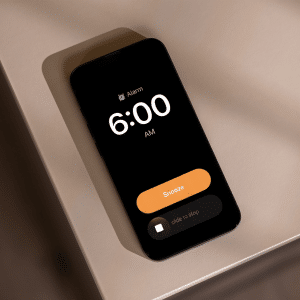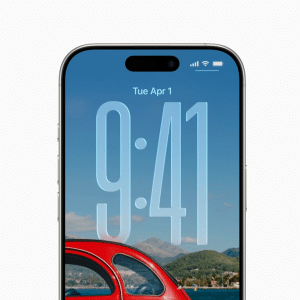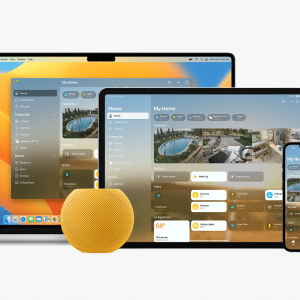Given how far behind iOS and Android the mobile version of Windows has fallen, you could easily reckon that the question of whether Windows 10 could become a competitive source of mobile apps is a foregone conclusion. However, a closer look at the facts reveals that the picture might not be quite that simple.
There certainly remains evidence that Microsoft is aiming high with the yet-to-be-released iteration of Windows 10 for smartphones and small tablets, which will officially be called Windows 10 Mobile. The corporation’s CEO, Satya Nadella, recently insisted in an interview with ZDNet that, far from abandoning the mobile sector, “we will do everything we have to do to make sure we’re making progress on phones.”
Despite suggestions from some analysts that the strategy with Windows 10 Mobile is a case of too little, too late, the company might simply be taking a more pragmatic approach to mobile. Kantar analyst Carolina Milanesi has told IBTimes UK of her belief that Microsoft is working towards offering a more modest range of handsets likely aimed at premium and enterprise markets.
At the moment, however, many mobile app developers are turning their backs on Windows 10. Figures from market researcher IDC show that Windows makes up a mere 3.2% of the smartphone OS market, and Microsoft hasn’t even released a flagship handset for over a year. Peter de Jong, co-founder of mobile game developer Codeglue, told CNBC: “If their market isn’t growing or isn’t there and if Microsoft won’t support it anymore, it’s a market to stay away from”.
But will developers stay away from it? They could be swayed otherwise by two particular tools that Microsoft has launched to ease app development for Windows 10 Mobile. One, “Universal Apps”, will enable developers to only moderately tweak a single code to make each of their apps compatible with different device types, while another tool eases porting of Android and iOS apps to Windows.
Still, regardless of how much app development for Windows 10 Mobile is encouraged by these tools, the platform’s current app choice is something of a Swiss cheese: the most important parts are there, but there remain a lot of obvious holes. CNN‘s David Goldman has pointed out that though, as Microsoft itself has reassured, most leading apps like Facebook and Twitter can be downloaded onto a Windows phone, other crucial apps, such as Google Maps, YouTube and Periscope, are still missing.
Ultimately, few people will even consider buying a smartphone or tablet on the basis of the apps that it could have at some unspecified future point. The current state of the Windows app store has the greatest immediate importance for Microsoft – and, wherever exactly Nadella and his team are setting their sights, Windows should remain an also-ran for mobile apps in the foreseeable future.








